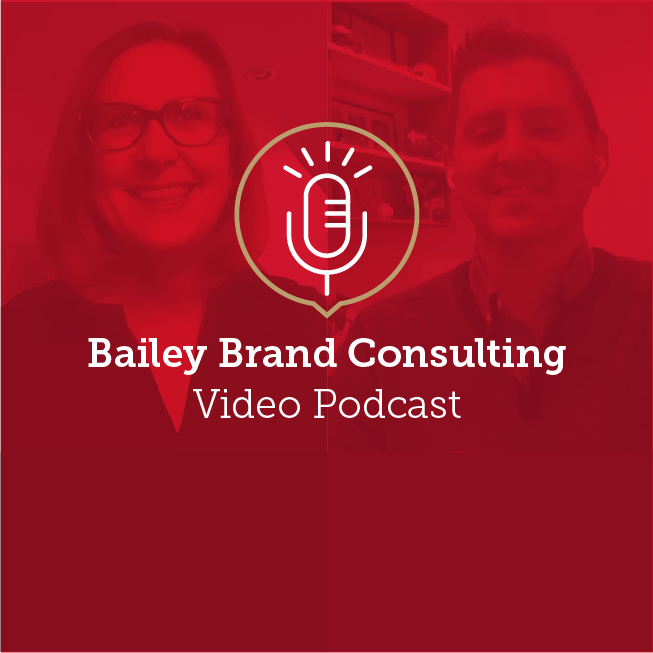Making Digital Marketing Work for You
September 2022
The consumer journey is no longer a straight line. The traditional path from awareness to conversion now has multiple overlapping steps, with digital media presenting potential interruptions and diversions—as well as opportunities to engage—every step of the way. Effective digital marketing necessitates that brands create a seamless customer experience across all channels and platforms—and it demands continuous focus, responsiveness and agility to address pain points in real-time in a manner consistent with established business strategy, vision, values and core purpose.
Essential Information at the Outset
Building a solid foundation of accurate data will help you navigate today’s fragmented consumer journey. Invest in understanding the wants and needs of your target audience as well as who they are, where they are, what drives their purchasing decisions and other details to construct a targeted strategy for each unique segment of the audience. Assign platforms based on these demographics and tailor your content directly toward that segment following platform-specific best practices.
Technical considerations are important too, and analytics can provide valuable insight into how or whether your marketing strategy is working to meet your marketing goals. Identify KPIs and key milestones upfront so you can track progress toward specific goals.
SEO vs. SEM: What’s the Difference?
Search Engine Optimization (SEO) and Search Engine Marketing (SEM) are two sides of the same coin. Both are methods of improving how often your website shows up in search results, and they are most effective when used in tandem. SEO involves optimizing existing content to enhance a site’s overall search ranking organically; including video, images and following accessibility best practices can help improve your ranking. Conversely, content that is too long, too short, too vague or overstuffed with keywords can negatively impact how your site gets ranked. SEO best practices change regularly, and as search engines become increasingly intelligent, it is vital to pay close attention to updates. Keep in mind that SEO is a long-term strategy but one that will ultimately contribute to long-term growth.
SEM marketing is also known as pay-per-click marketing. It involves paying to promote your website for specific search terms—increasing your site's visibility when customers enter those terms. SEM has the advantage of yielding much more immediate results than SEO and offers instant, keyword-level performance data alongside information about site usability and brand engagement. However, its high cost (especially for high-demand keywords) means that it might not be a viable strategy for every business.
Social Media Marketing
Search engine strategies are especially effective in engaging customers who are already familiar with your brand or searching for solutions your company can provide; social media marketing offers unique and often complementary advantages, including the opportunity to interact directly with your customers and target new ones.
As with any digital marketing approach, understanding the wants and needs of your audience and how they engage with the platform is paramount. Remember that social media is social—consumers aren't explicitly logging in to be sold to or talked at, so any marketing efforts must fit with the platform and behavior expectations. A targeted social media campaign can improve reach while directly engaging consumers. Social listening (using tools to monitor digital conversations and feedback) provides critical insight into consumer pain points and brand perceptions, allowing the brand the opportunity to make adjustments in real-time, correct problems and build on successes.
JetBlue: Digital Customer Experience
JetBlue tracks conversations through keywords and other forms of social listening to remain constantly engaged with their customers' conversations and concerns. When they are not using tweets to engage directly with their audience, they post helpful information and updates to make the entire experience—from booking to travel—easy and pleasant. This social media strategy aligns with JetBlue's positioning as a budget airline that doesn't compromise on customer service. By providing quick answers to questions through ubiquitous online platforms, they enhance the customer experience and make conversations visible to other potential customers—creating a forum for organic engagement.

Email Marketing Remains an Effective Strategy
Email marketing remains a cost-effective and reliable marketing channel when executed thoughtfully with careful segmentation and personalization. With a high-quality contact list, you can aim for close to 100% delivery rates, with the ability to personalize each message on a granular level. Users tend to engage with email when they are ready to act, and they can return to it when they need it. However, email lists need to be purchased or built, and they require regular maintenance as users change addresses and unsubscribe.
Remember that the most effective digital marketing initiatives integrate a wide variety of disciplined strategies, including SEO, social media, email marketing and more. Once an overall strategy has been agreed upon, identify relevant metrics to ensure your digital marketing goals are aligned with your overall business objectives. Finally, be sure to follow through on that strategy by making a serious investment in high-quality content. As you work to extend your reach through digital marketing, the more value you can deliver for your audience, the more likely you are to remain top of mind—and to increase share of wallet.

To learn more about this topic or to discuss an issue impacting your business, contact Bailey’s Vice President of Client Services, Jamie Gailewicz, at 610-818-3103 or email us at [email protected].



